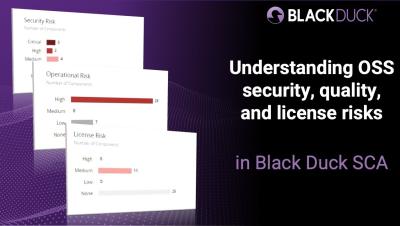Understanding OSS security, quality, and license risks in Black Duck SCA | Black Duck
In this video, we unveil the three fundamental views of Software Composition Analysis (SCA) risk within Black Duck: Security, License, and Operational. Join us as we navigate the landscape of open source components to identify vulnerabilities, license obligations, and component health.











